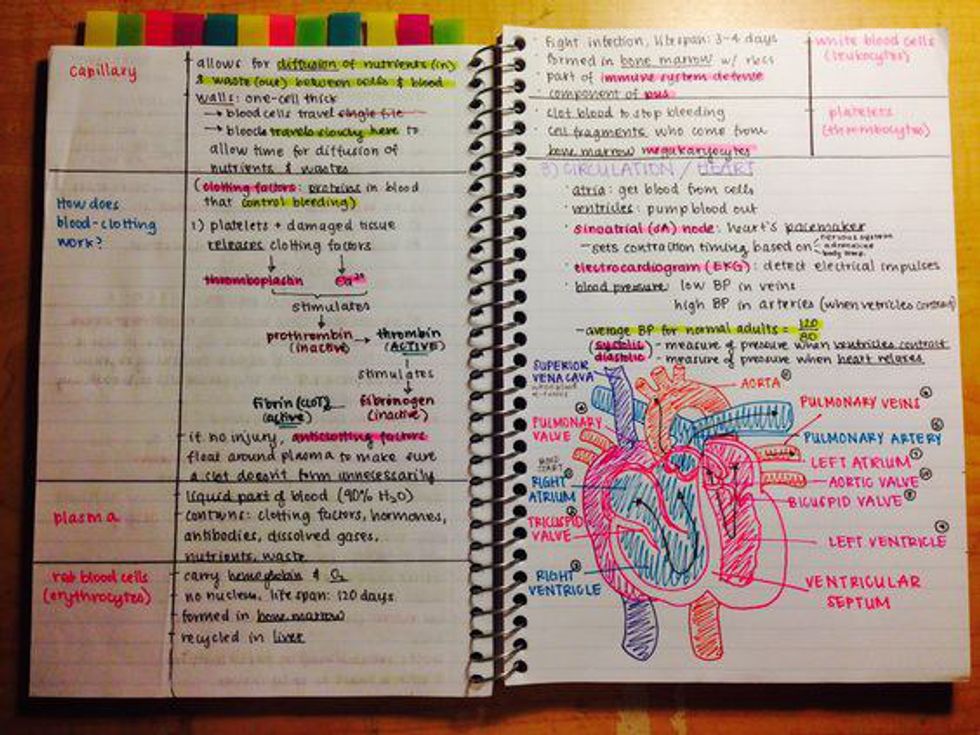What would we do without coffee? At any time of the day now, coffee is easily accessible on just about every street corner. Some may prefer Krispy Kreme’s simple yet tasty regular blend, while others may enjoy something a little more sophisticated such as Starbuck’s Pike Place blend. Any way you take it, coffee holds a special place in our day. But what do we really know about coffee? It comes from a bean, it’s delicious, it smells great, and it can be found at Starbuck’s? Although these are all true, the world of coffee is huge. To say you’re a true coffee connoisseur, you must look past the large, extra hot, no foam, soy, skinny, vanilla lattes, and know at least these four basic facts about coffee.
Regional Beans
Have you ever heard the flavor of coffee described as nutty? How about fruity? Maybe you’ve even heard the taste described as something as specific as lemony, syrupy, or smoky. All of these flavors occur in different types of coffee depending on where that specific coffee bean has been grown. Coffees from South America tend to be more on the nutty side of things. When grown in Africa, coffee tends to stay more on the acidic side with tasting notes such as lemon, cherry, and other fruits. The more rich, smoky, and bold flavors typically come from Asian countries such as Indonesia.
This all has to do with the type of bean grown and the altitude at which it is grown. You might ask, “What does altitude have to do with the way the coffee tastes?” Well, the higher the altitude that the coffee bean is grown at, the more acidic, fruity, and funky flavors will appear in the coffee. The lower the altitude, the less specific the flavors become. So instead of using flavors such as lemon or cherry to describe the flavor, bold, chocolaty, or smoky will now become the more distinct flavors.
Brewing
Just about everyone has some sort of coffee pot in their home. You may prefer a single cup from a Keurig, or maybe a full pot to sip on all morning from a Mr. Coffee. But, did you know that different types of coffee taste their absolute best by simply changing the brewing method you choose to make your coffee with? For example, when you buy a “light roast” coffee with notes of fruit or syrup, a regular drip coffee pot will not do that coffee complete justice. You need a brewing method that will bring out the sweet individual flavors that bean has to offer.
For lighter, fruitier coffees, choosing a method like a pour over will give you the best tasting coffee. For darker, chocolatier coffees, something like a French press would really bring out the bold, darker flavors you’re looking to taste. This is a result of extraction. Pour overs work by slowly pouring a steady stream of water over freshly ground beans so that the water drips through a paper, cone filter. This slow extraction process will bring out bright, delicious flavors that you would never taste with coffee from a regular coffee pot. To get the best flavor from your coffee, considering the brewing method is rather important.
Roasting
Some prefer their coffee light; others enjoy the bolder side of caffeine. Either way, we have roasting to thank for that taste we love so much. Coffee can be roasted three different ways: light, medium, or dark. The freshly picked, green coffee bean is put into what essentially is an oven that changes the physical and chemical makeup of the bean, thus changing the taste of the bean. Despite popular belief, dark or “bold” roasts actually do not contain more caffeine. In fact, typically, lighter roasted coffees hold a higher caffeine content. This is due to the roasting process the beans go through. To get a bit more of a caffeine jolt, one might opt for the lighter option.
Notes
Coffee tasting is like wine tasting. The wine may not be made to taste like grapefruits and honey, but for some reason, when you drink it those flavors are the ones lingering on your tongue. The same goes for tasting coffee. Flavors of coffee can vary from one extreme to the other. Fruit flavors such as raspberry, grape, blueberry, or even banana may be flavors one might pick out in a specific coffee. On the other hand, some coffees feature flavor notes such as black pepper, earthy, grassy, and even tobacco. Again, this all depends on the region which the coffee is from, the roast and the brewing method. The neat thing about all of these interesting flavor possibilities is that every person will most likely taste something slightly different than the next person who tries that coffee. Every palate is different, so not every note will match up.
Whatever kind of coffee drinker you are, there will always be a coffee for you. The flavor possibilities are endless. So be bold and daring! Take a chance to try that coffee you never have from your local coffee shop. Try it in a pour over! Pay attention to the region from which the coffee you buy is from and always remember, “You can’t buy happiness, but you can buy coffee and that’s pretty close.”










































